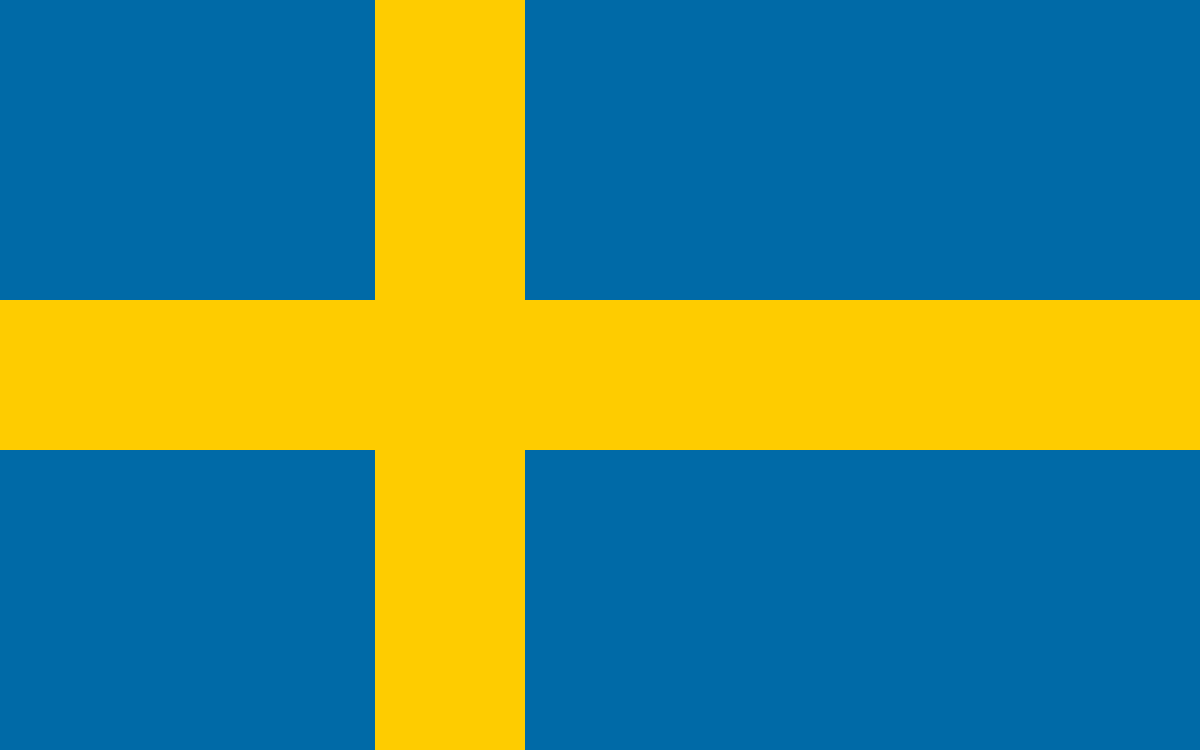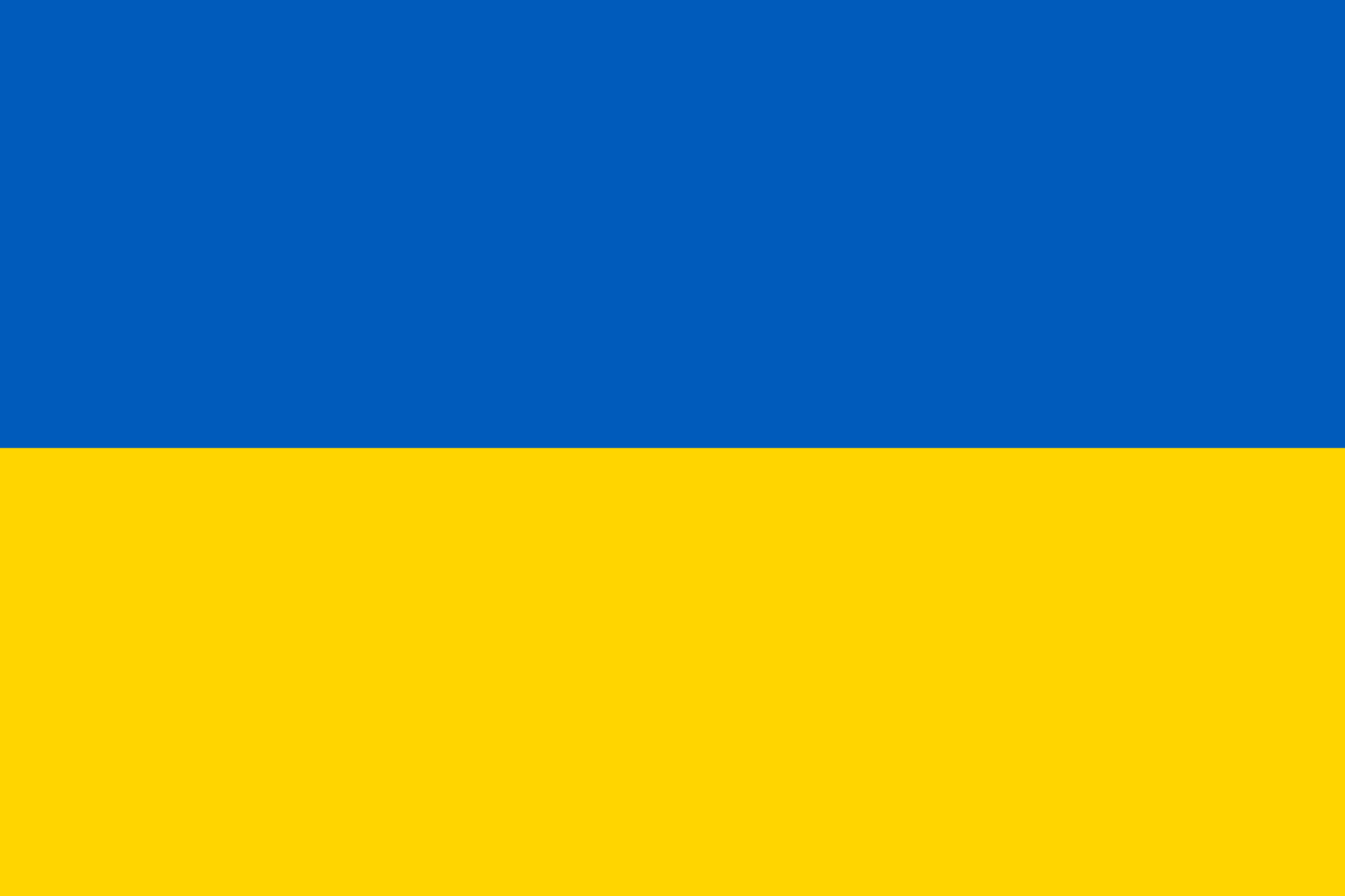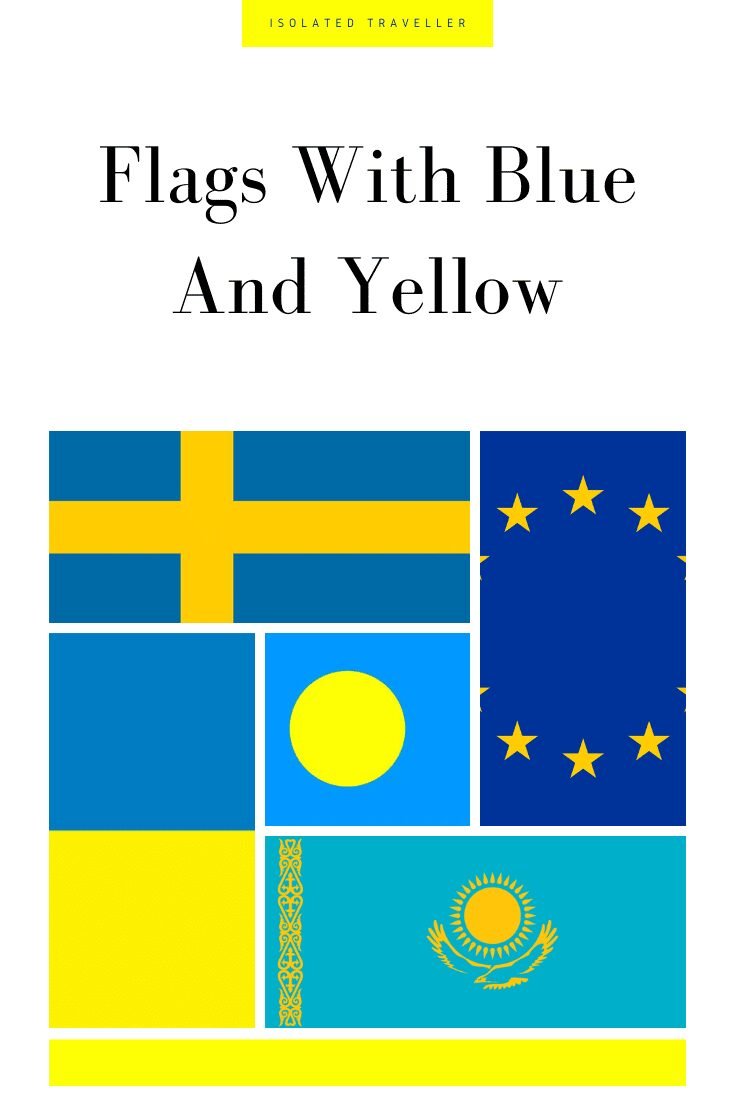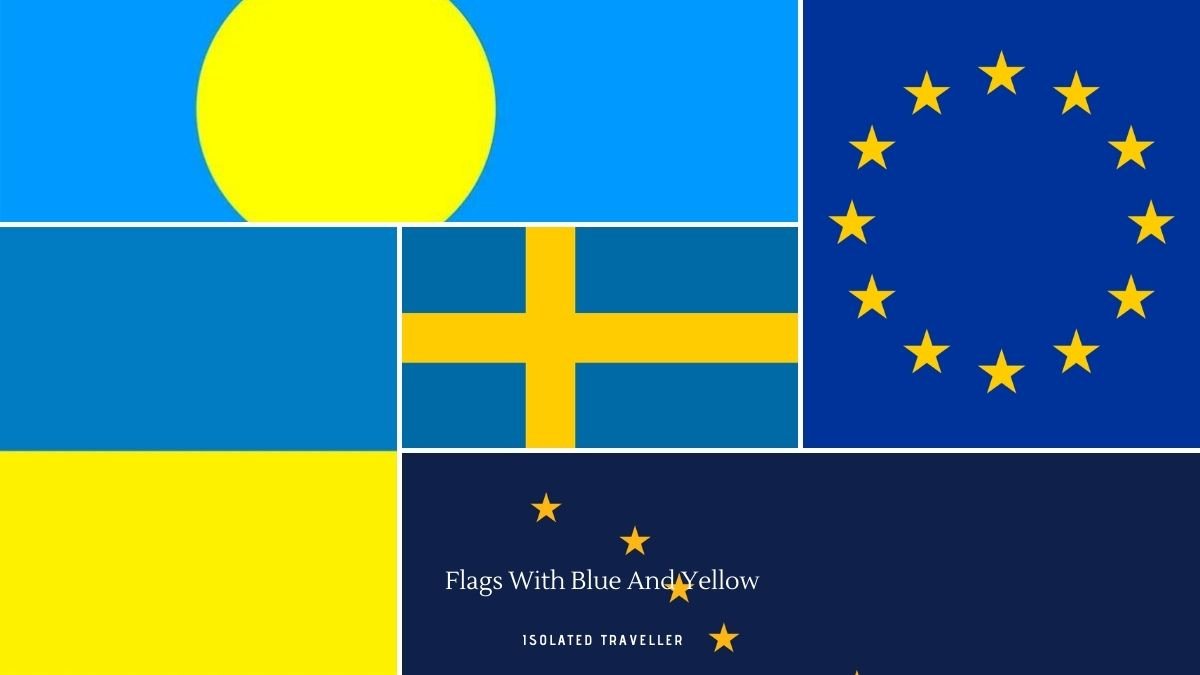Flags With Blue And Yellow
A national flag is a symbol or emblem of a country, and therefore it represents a country: some sort of state. It also symbolizes the nation itself; both historically and in the present day. The design of the national flag may be amended over time due to war, devolution, or reforms. Flags derive their designs from the following sources:
Flag of the European Union

The European Union is a political and economic union of 28 member states that are located primarily in Europe. The EU operates through a system of supranational institutions and intergovernmental negotiated decisions by the member states. The European Parliament provides a representation of the people to the EU. The Council of the European Union represents national governments, while the Commission acts as an independent executive body representing the interests of all member states — both during its term in office and in between them as it prepares for future meetings.
The Flag of the European Union is a flag consisting of a circle of 12 golden (yellow) stars on a blue background.
Flag of Sweden

If you are looking for a flag that symbolizes the country of Sweden, then this is the one for you! This flag was adopted in 1844 and has been used as the national flag ever since. The blue on top represents the sky and sea, whereas the yellow on bottom represents how green Sweden is.
Flag of Ukraine

The flag of Ukraine is a symbol of the country, its people and its culture. The red and blue colours are symbolic of the Ukrainian Cossacks and their struggle for freedom against the Polish-Lithuanian Commonwealth in the 17th century. As well as this, it is also symbolic of their resistance to foreign invaders such as Napoleon’s French forces from 1812 – 1814, as well as Hitler’s Nazi armies during World War II. The blue represents peace while yellow represents wheat fields (the country’s main industry).
Flag of Kazakhstan

The Flag of Kazakhstan was adopted on 4 June 1992, replacing the flag of the Kazakh Soviet Socialist Republic. The main features of Kazakh flags have been inherited from banners used in centuries past. The Sun represents the foundation of life and existence. It also symbolizes wealth and plenitude, as well as the power, grandeur and glory of the Kazakh people.
Flag of Palau

The flag of Palau was adopted on 1 October 1981. It consists of a yellow field and a blue field, separated by a narrow band featuring ten white points (five in the upper half and five in the lower).
The crescent moon represents Islam, which is Palau’s official religion. The star represents the unity of all people living on this small island nation. The five points on each side represent faith, justice, progress, peace, and equality. These symbols are surrounded by blue waves representing the Pacific Ocean surrounding the country. Finally, yellow represents sunshine—a source of life for all things that grow from seeds planted in fertile soil beneath this beautiful sky!
Flag of Kansas
The flag of Kansas was adopted in 1927. The flag’s background is a symbol of the sunflower, which is the state flower of Kansas. The sunflower was adopted by Congress as the state flower in 1913. The blue represents loyalty and purity; red stands for courage and zeal; white stands for peace and truth.
The seal on this flag has a bald eagle holding a ribbon that says “Kansas” in its beak, with an olive branch below it and 33 stars above it representing Kansas’ admission as a state. This design was created by Thomas Jewett Tucker in 1912 who also designed other states’ seals such as Arizona and Montana.
Flag of Indiana
Indiana is the 19th state in the United States and was admitted to the union in 1816. Indiana is also home to over 6 million people, making it our 38th largest state. The capital city of Indianapolis is also where you’ll find Lucas Oil Stadium and Bankers Life Fieldhouse—both venues for the popular sport of American football.
Indiana’s nickname is “The Hoosier State,” which refers to its residents’ friendliness (or perhaps lack of sophistication). It’s also called this because many people from Indiana have moved westward throughout history—a migration that continues today!
Flag of Alaska
The flag of Alaska consists of a dark blue background and has three horizontal stripes. The top stripe is white, the middle is red, and the bottom band is made up of both light blue and white stripes. In the centre of this design is an upper case A (for ‘Alaska’) that’s also outlined in black as well as contains nine yellow stars; five small ones above it represent coastal Alaska and four large ones below represent interior Alaska.
The flag was chosen by Governor Ernest Gruening on January 3rd, 1959 after receiving about 7,000 submissions from Alaskans – including one from his own son!
Flag of Asturias
The flag of Asturias is the flag of the autonomous community of Asturias. It is a rectangular bicolour with the coat of arms of Asturias in the centre.
The proportions of this design are somewhat unusual: 1:2 (1 being equal to half-length) and its width is equal to that combined height and length, making it more like an elongated rectangle than a square. This makes it similar to other flags such as those of Liechtenstein or Norfolk Island, which also have unusual shapes for their size ratio but are nonetheless considered square flags by vexillologists because their ratios still follow basic standards for square designs despite not having perfectly straight lines running lengthwise through them at right angles to one another.
The colours used on this flag are red and yellow; these represent bloodshed during wars fought by soldiers from Asturias over centuries past including Napoleon’s invasion in 1808; later during Spanish Civil War – when Gen Francisco Franco’s Nationalists occupied Oviedo until 1939 – as well as several smaller campaigns against pirates or foreign threats at sea throughout history before this period (such as 16th/17th century).
The flag of Opole, Poland
The flag of Opole, Poland is a white, red and blue flag with a yellow-crowned eagle in the centre. The colours represent different things:
- White stands for purity, honesty and kindness toward others.
- Red is the colour of love and faithfulness.
- Blue stands for loyalty to God, nation and ancestors.
In 2002, after Opole joined the European Union, its flags had to be changed because they didn’t follow EU standards. The new version was officially adopted on October 1 that year.
Conclusion
The national flag is a symbol or emblem of a country, and therefore it represents a country:
- some wool and fabric dyed in the colour blue represent the sky
- some wool and fabric dyed in the colour yellow represent the sun.
The design of the national flag represents the characteristics of the citizens: freedom, honour, hope, justice and loyalty.
List of Flags With Blue And Yellow
| # | Flag with Blue and Yellow |
| 1 | European Union |
| 2 | Kazakhstan |
| 3 | Sweden |
| 4 | Palau |
| 5 | Ukraine |
| 6 | Opole, Poland |
| 7 | Asturias, Spain |
| 8 | Alaska, USA |
| 9 | Indiana, USA |
| 10 | Kansas, USA |


